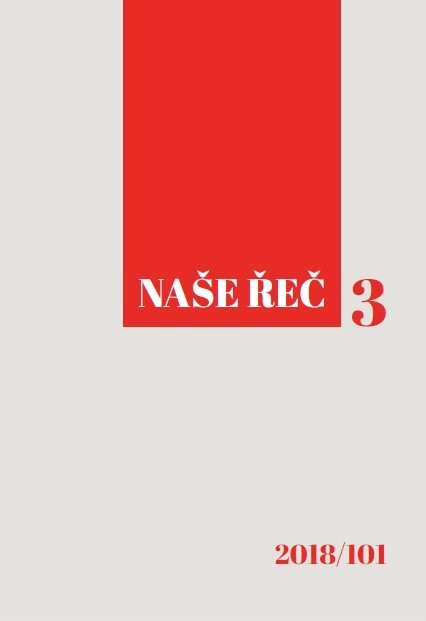K slovotvorné funkci reflexivních morfémů se, si
On the derivative function of the reflexive morphemes se, si
Author(s): Vojtěch VeselýSubject(s): Western Slavic Languages
Published by: AV ČR - Akademie věd České republiky - Ústav pro jazyk český
Keywords: morpheme; reflexive verbs; semantic valency; transitivity
Summary/Abstract: The paper assumes the premise that the reflexive elements se, si that form the so-called proper reflexive verbs have the status of derivational morphemes. The aim of the paper is to describe the consequences of the adoption of the given premise for the interpretation of various types of reflexive verbs. It can be assumed that different groups of reflexive verbs represent derivational types which are distinctive and clearly defined to varying degrees. The more obviously the reflexive verb and the non-reflexive verb differ in terms of (a) semantic valency, (b) syntactic and semantic transitivity, the more distinctive the derivational function of the reflexive morpheme is. A distinctive, easy to define derivational type is represented by reflexive verbs(derived from transitive verbs) which are both syntactically and semantically intransitive(verbs of the type hnát se, rozbít se). A less distinctive derivational type comprises verbs which are syntactically intransitive but retain a certain degree of semantic transitivity (proper reflexive verbs formed with the morpheme se). The least distinctive derivational type is represented by verbs which are transitive in both the syntactic and semantic senses (some types of reflexive verbs formed with morpheme si).
Journal: Naše řeč
- Issue Year: 101/2018
- Issue No: 3
- Page Range: 138-157
- Page Count: 20
- Language: Czech

